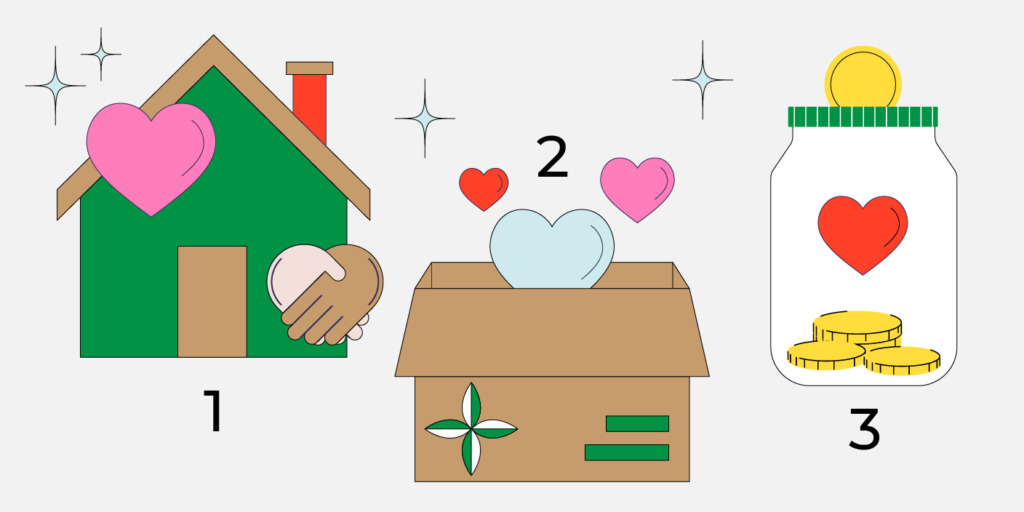

The act of charitable giving has been around since the beginning of time. But the beginning of charitable giving in its most modern form dates back to the 1600s. The Statute of Elizabeth (otherwise known as the Charitable Uses Act of 1601) contained a list of various charitable purposes, which basically defined what a charity was. Interestingly, one of the purposes was to help young tradesmen.
If you’re interested in giving back, perhaps helping young tradesmen, too, you may want to come up with a plan first. Philanthropic practices can get tricky. So, why not have a step-by-step guide to make it as effective and rewarding as possible?

1. Identify causes that you care about
There are many great charity organizations out there. But you will find it easier and more fulfilling to donate to something that feels personal to you. What issues feel most pressing? Is it providing aid to disaster relief? Improving access to education? Protecting natural resources?
Pick a cause (or a few causes) that you want to be involved with long-term.
2. Research organizations that support these causes
If you decide to support several causes, you’ll need to research more organizations. Yes, charities have multiple areas that they’re working in, but there may not be one charity that perfectly matches all your priorities for charitable giving.
Learn more about the internal workings of the charities on your shortlist: where they operate, how they spend their funds, who makes the decisions, etc.
3. Determine what you can give (time, talent, and treasure)
Philanthropy comes in many forms, commonly referred to as gifts of “time, talent, and treasure.”

- Volunteering at shelters, soup kitchens, senior centers, hospice facilities, big brother/big sister programs, etc.
- Offering your services pro bono
- Donating money, but make sure you’re coming from a place of personal financial strength
You don’t have to choose only one.

4. If you want to donate money, determine a budget
Many people follow the 50/30/20 rule, in which you put 50% toward fixed expenses, 30% toward wants, and 20% toward savings. If that’s the case for you, consider giving a percentage of your savings to charity.
It’s okay to start small. Charities will be grateful to accept a $10 monthly donation.
5. Build flexibility into your budget
Instead of setting very specific goals for each charity, have a broader overall “giving” target. This way, you’ll also have more room to deal with any emergency expenses. Or you may want to donate more; for example, in times of natural disasters.
6. Talk to financial and philanthropic advisors

Financial and philanthropic professionals can help you take full advantage of the resources you donate. Discuss what assets you can give, what giving vehicles are available to you, how to get a tax break for your good deed, etc.
7. Ask the charity for input
And finally, reach out! Contact organizations of interest by sending an email or visiting their office. Ask them directly about their mission, leadership, programs, impact, and needs. Ask them what you personally can do for them. Their input can help you understand if you can do more than just give a monthly donation.
Now, it’s time to shine a light on the causes that mean the most to you!








